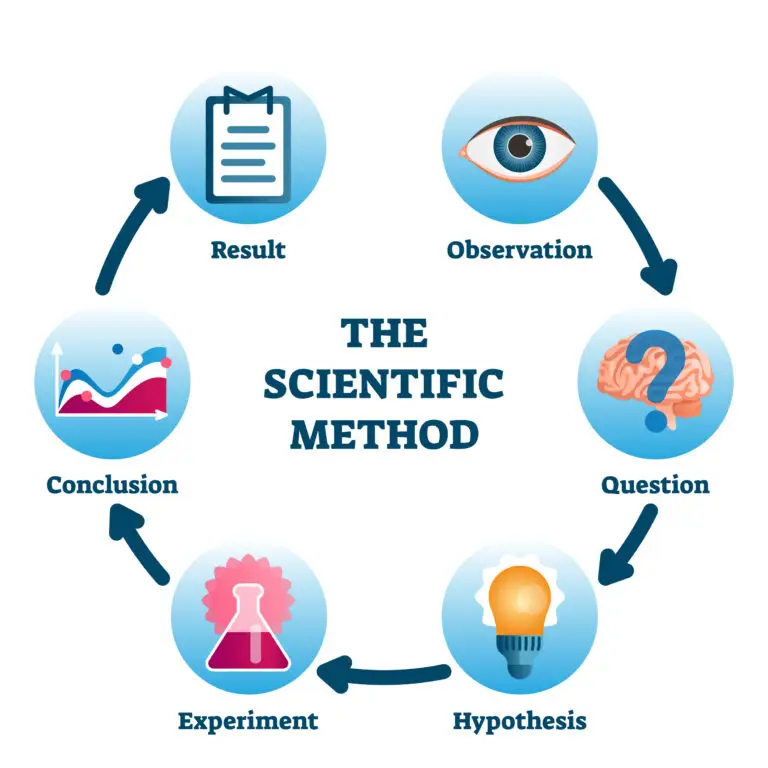Scientific Method

Table of Contents
What is the Scientific Method?
The scientific method is a systematic approach used by scientists and researchers to investigate phenomena, acquire knowledge, and solve problems in a structured and objective manner. It involves steps designed to ensure scientific inquiries’ accuracy, reliability, and validity.
Scientific Method Process
Observation
The scientific process typically begins with observation, where researchers observe and identify a phenomenon or question of interest. Observations may arise from everyday experiences, previous research, or existing theories.
Question Formulation
Based on observations, researchers formulate a clear and specific research question or hypothesis that they seek to answer through scientific investigation. A hypothesis is an educated guess or prediction about the relationship between variables.
Background Research
Before conducting experiments or studies, researchers review existing literature, theories, and previous research related to their topic. This background research helps build knowledge, identify gaps, and inform the design of experiments.
Hypothesis Development
A hypothesis is a testable statement or prediction that proposes a causal relationship between variables. It typically includes an independent variable (the factor being manipulated) and a dependent variable (the outcome being measured).
Experimentation
Researchers design and conduct experiments or studies to test their hypothesis. They carefully control variables, manipulate the independent variable, and measure the effects on the dependent variable. Experiments aim to produce objective and replicable results.
Data Collection
Researchers collect data during experiments through observations, measurements, surveys, experiments, or other methods. The methods used depend on the research question and the type of data needed to test the hypothesis.
Analysis
After collecting data, researchers analyze and interpret the results using statistical methods, data visualization techniques, and qualitative analysis. The analysis aims to determine whether the data supports or refutes the hypothesis.
Conclusion
Based on the analysis of data, researchers draw conclusions regarding the validity of the hypothesis. They evaluate whether the results are consistent with predictions, identify patterns or trends, and discuss the implications of findings.
Peer Review
Before publishing research findings, scientists often undergo peer review, where other experts in the field evaluate the study’s methodology, results, and conclusions. Peer review helps ensure the quality, accuracy, and credibility of scientific research.
Communication
Scientists communicate their research findings through publications in scientific journals, presentations at conferences, and other forms of dissemination. Effective communication of scientific knowledge promotes collaboration, debate, and further advancements in the field.
Reproducibility
A key principle of the scientific method is reproducibility, which means that experiments and studies should be repeatable by other researchers using the same methods and conditions. Reproducibility enhances the reliability and robustness of scientific findings.
Related Links
Alternative Hypothesis
Hypothesis
Taxonomy
Type I Error